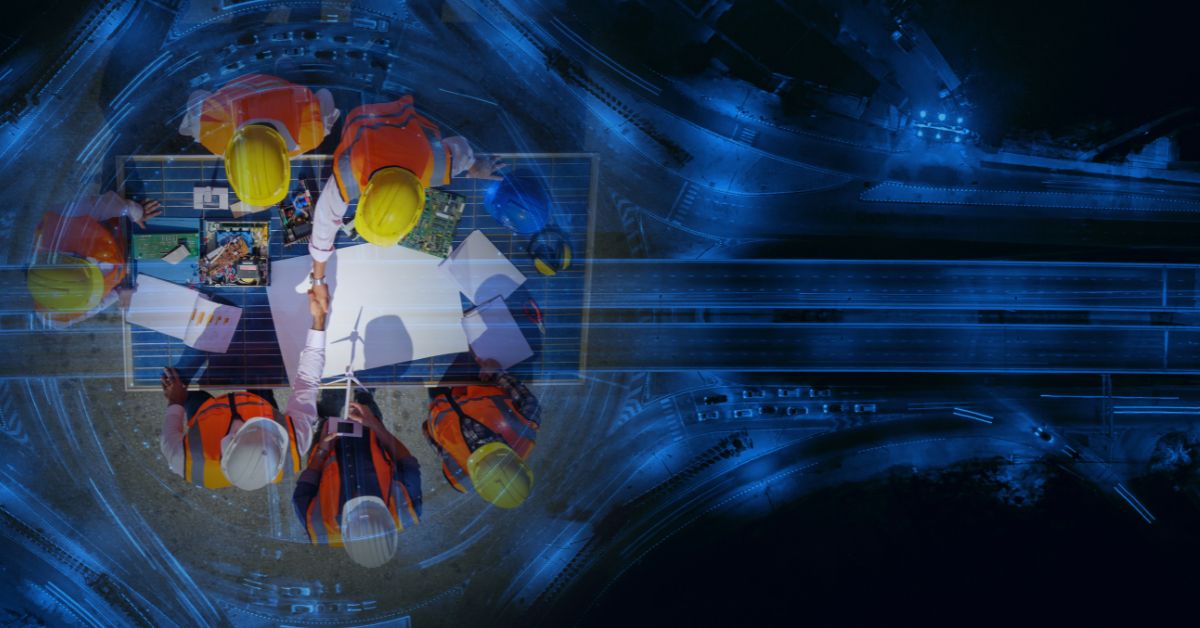5 Interesting Facts About Modern Infrastructure

In the age of rapid urbanization and global connectivity, infrastructure enables the flow of goods, services, and people worldwide. As we look to the future, it’s worth exploring how much our infrastructure has evolved and the fascinating developments still shaping it. By diving into this vital domain, we’ll uncover five interesting facts about modern infrastructure that will capture the imagination and provide a deepened understanding of the essential systems and structures that make our daily activities possible.
1. Rooted in Ancient History
The history of infrastructure is as old as civilization itself, spanning from the ancient Roman aqueducts to the great Silk Road right up to today’s hyperloop concepts and smart cities. The Industrial Revolution, for example, saw a spike in the development of railways and canals to transport goods and fuel commerce. In the 20th century, the development of roads and highways set the stage for today’s interconnected and technologically advanced infrastructure systems that power the world’s cities, industries, and economies.
2. Setting the Stage for a Smart Revolution
From smart grids that monitor and adjust electricity distribution to roads with embedded sensors that detect congestion and report traffic data in real time, our cities are becoming more intelligent and responsive. In many advanced cities, data analytics and AI manage everything from public transport to water systems, reducing waste and enhancing efficiency. The implications are profound: a future where infrastructure not only serves but learns and preempts the needs of a dynamic society.
3. Playing a Key Role in the Fight Against Climate Change
The increasing frequency and intensity of climate-related events have highlighted the vulnerability of traditional infrastructure. From floods to earthquakes, the threats are varied and significant. Enter resilient design, which integrates preparedness, response, and recovery mechanisms into infrastructure planning and development. Movable bridges, amphibious buildings, and coastal defenses that mimic natural systems are just a few examples of innovative, resilient infrastructure.
4. The Dawn of Modular and Prefabricated Construction
As infrastructure demands grow, so does the need for rapid, efficient construction methods. Modular and prefabricated construction techniques involve assembling components off-site, reducing on-site labor and construction time. Today, designers can engineer modules for bridges, buildings, and even entire neighborhoods to exact specifications, leading to more consistent, durable results.
5. Heavy Equipment Is Changing the Game
Modern heavy equipment stands at the center of infrastructure development, propelling the industry into new realms of productivity and efficiency. These mechanical behemoths, encompassing various different types of loaders used in construction, are the driving force behind the rapid construction and maintenance of today’s sophisticated infrastructure landscapes. Thanks to advancements in hydraulics, telematics, and autonomous operation, modern heavy machinery can operate with precision and power that were once unthinkable.
Redefining Human Spaces
The infrastructure that underpins our modern world is undergoing a profound transformation, driven by forward-thinking design, technological advancements, and a renewed emphasis on sustainability. From smart cities that respond to the needs of their citizens in real time to innovations in material science that push the boundaries of what’s possible, the very concept of infrastructure is continuously evolving. Armed with these five interesting facts about modern infrastructure, you can truly appreciate everything the built environment has to offer.





